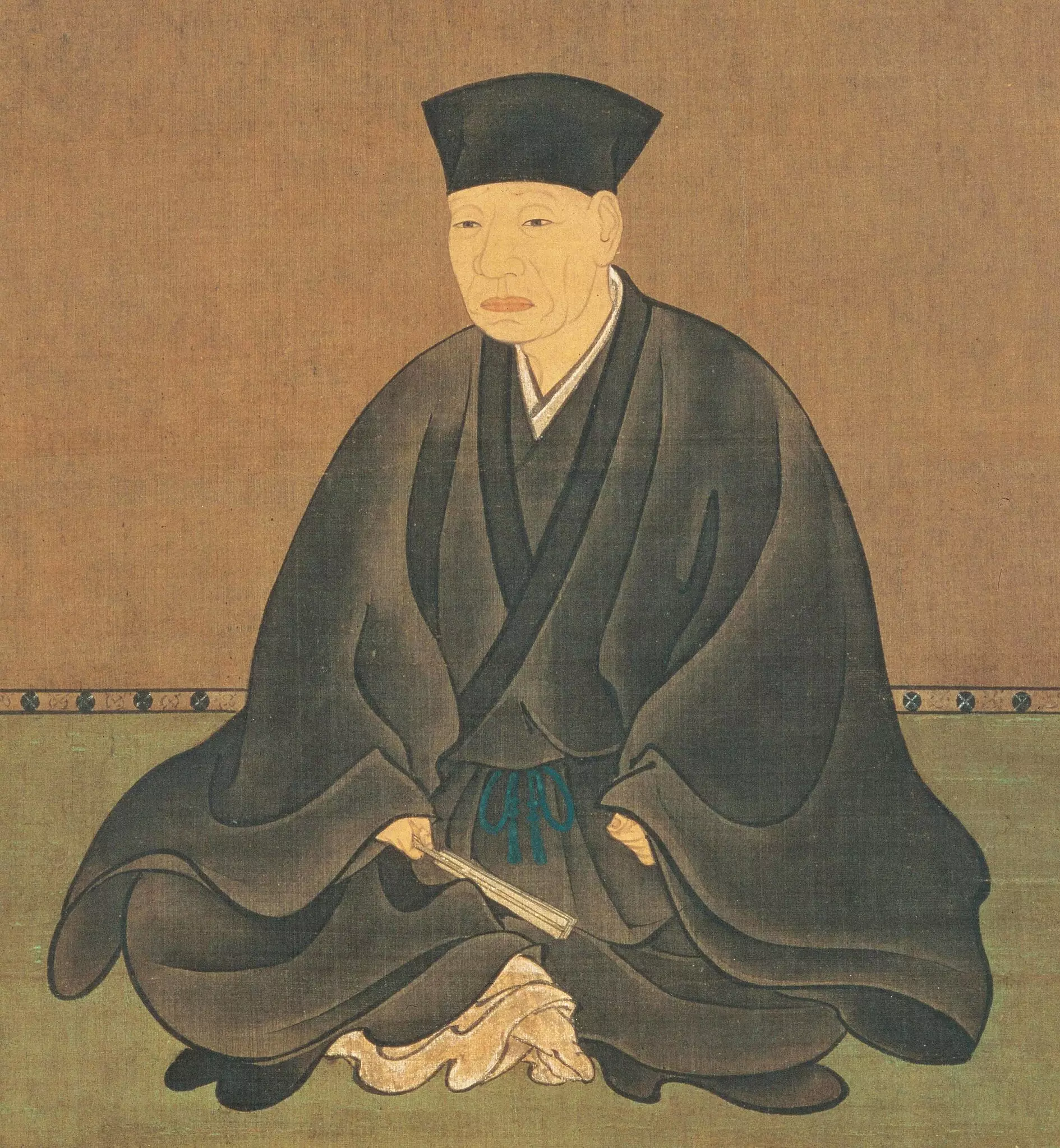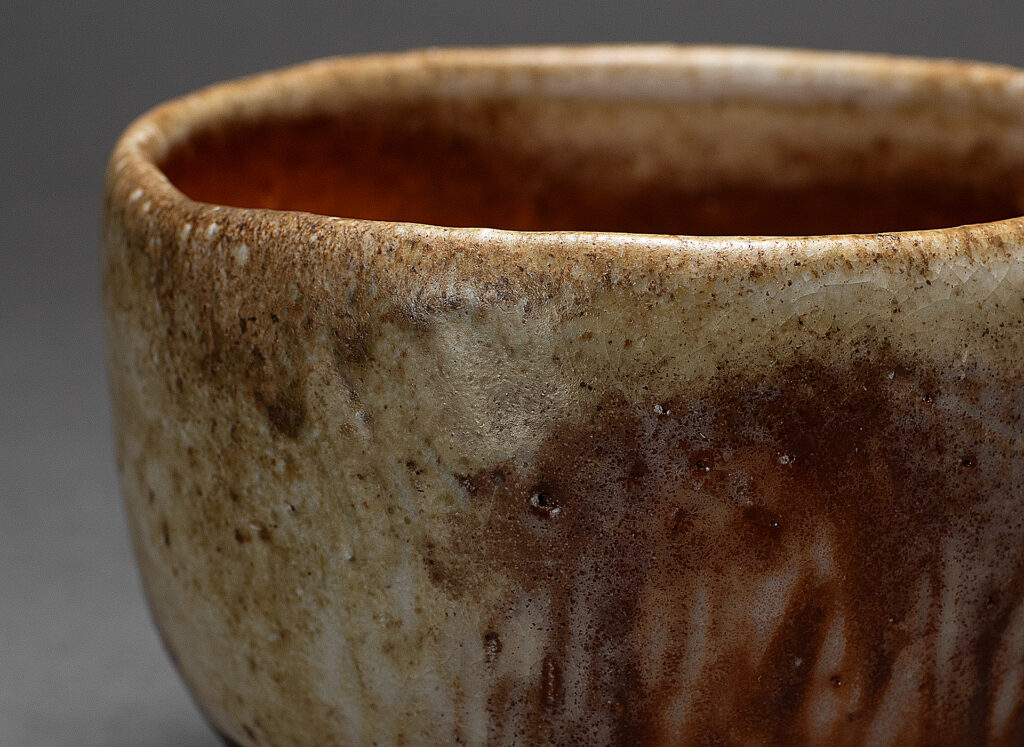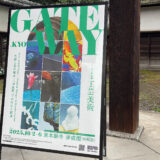— Discover the Quiet Power Behind the Beauty of Kyoto’s Kogei Traditions
Japanese aesthetics offer a compelling alternative: the quiet celebration of imperfection, subtlety, and harmony with nature in a world that often prizes perfection, speed, and clarity. This philosophy is nowhere more beautifully expressed than in the traditional Japanese tea ceremony—and in the pages of Okakura Kakuzō1’s timeless classic, The Book of Tea2.
At Kogei Art KYOTO, we celebrate the same sensibilities that shaped the tea room. In this post, we explore how the tea masters’ ideals helped define Japanese beauty—and how their influence continues in the craftworks of Kyoto today.
The Tea Room: A Masterpiece of Modesty and Depth
“The tea room is a house of dreams.”
— Okakura Kakuzō, The Book of Tea
The chashitsu (tea room) is not a place of grandeur but a sanctuary for reflection. Built with natural materials—bamboo, wood, clay—and intentionally asymmetrical, it draws the guest into a world of simplicity and mindfulness.
Here, a single flower becomes the season itself. A weathered teabowl becomes a symbol of time’s passage. These are not imperfections, but expressions of wabi-sabi—the art of seeing beauty in the incomplete and impermanent.

Tea Masters as Cultural Architects
The tea ceremony is more than ritual; it is intertwined with art, philosophy, and spiritual practice.
Sen no Rikyū3, the most influential tea master, brought radical simplicity to the tea room. For him, every gesture—pouring water, wiping a bowl—was artful, intentional, and deeply human.
His influence extended far beyond tea. The tea masters curated art, designed gardens, selected calligraphy, and influenced architecture. These quiet acts helped lay the foundations of Japanese aesthetics as we know them today.

Public domain, via Wikimedia Commons
Embracing the Relative: A Philosophy in Practice
Okakura wrote:
“Greatness lies in the appreciation of little things.”
Japanese beauty is relational, not absolute. A tatami room’s soft shadow can move more than the most radiant light.
At Kogei Art KYOTO, we see this principle in every handmade object: the brush marks in a ceramic glaze, the grain of old wood, the quiet asymmetry in a lacquer box. These are not flaws—they are the soul of the piece.

Conclusion: Tea, Kogei, and Timeless Beauty
The values shaped by the tea masters—imperfection, transience, and harmony with nature—still guide Japanese craftsmanship today. When you hold a piece of Kyoto’s traditional art, you are not just owning an object. You are touching a philosophy that has shaped centuries of culture.
Whether you are sipping matcha in a quiet moment or admiring a handmade piece from our collection, we invite you to experience this quiet depth—the Way of Tea—through the living arts of Kyoto.
- Wikipedia Okamura Kakuzo ↩︎
- Wikipedia The Book of Tea(茶の本) ↩︎
- Wikipedia Sen no Rikyu ↩︎




